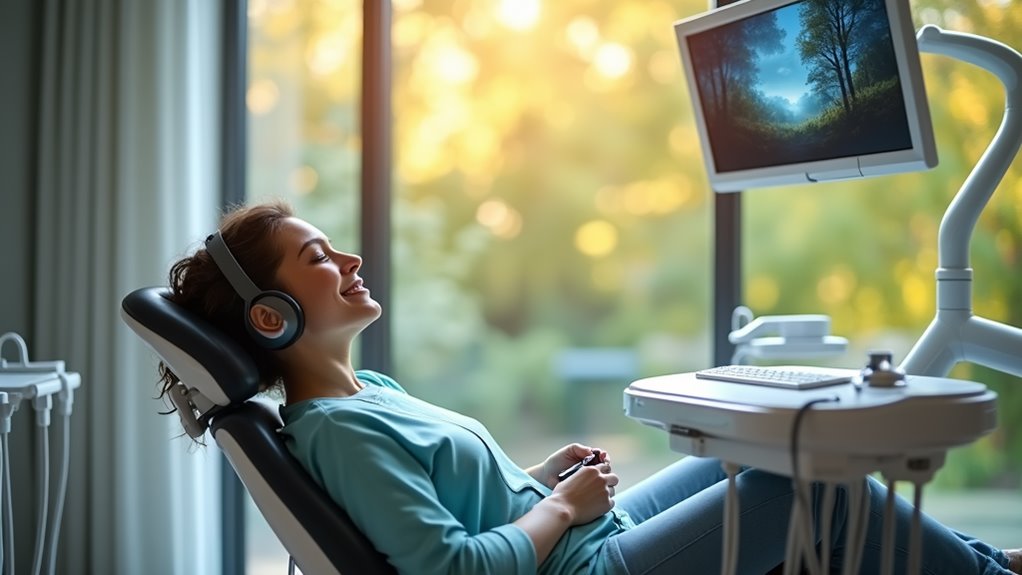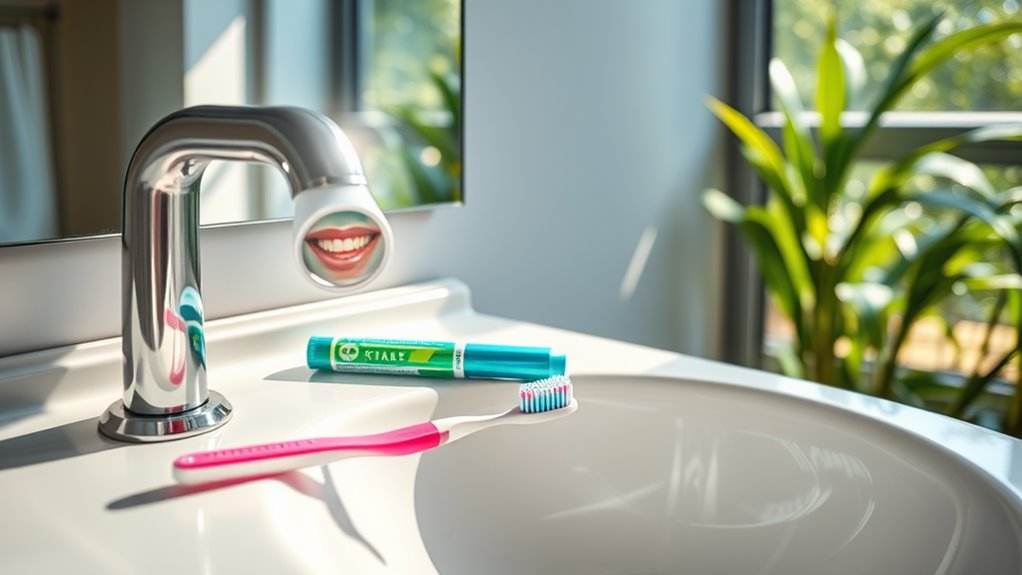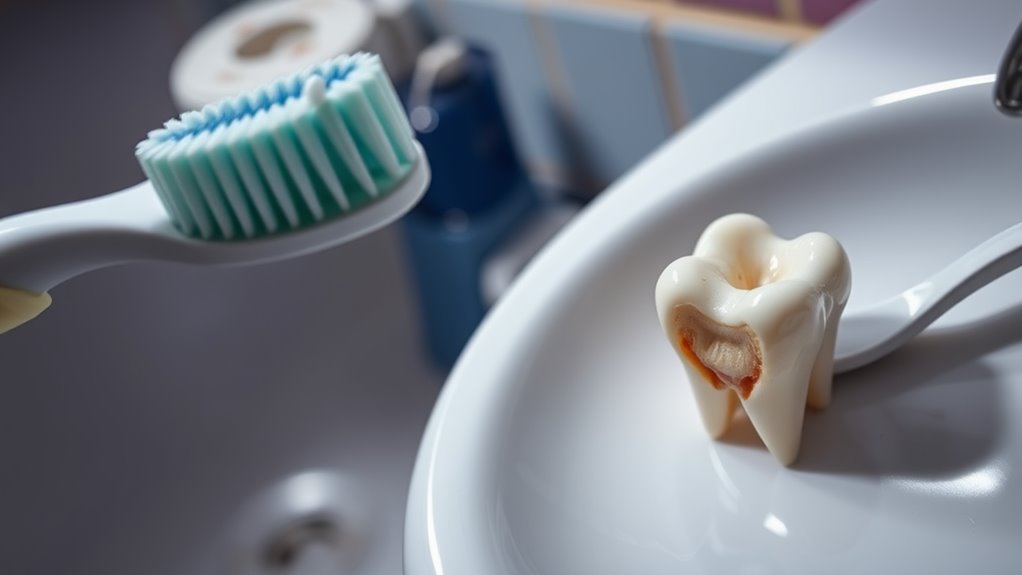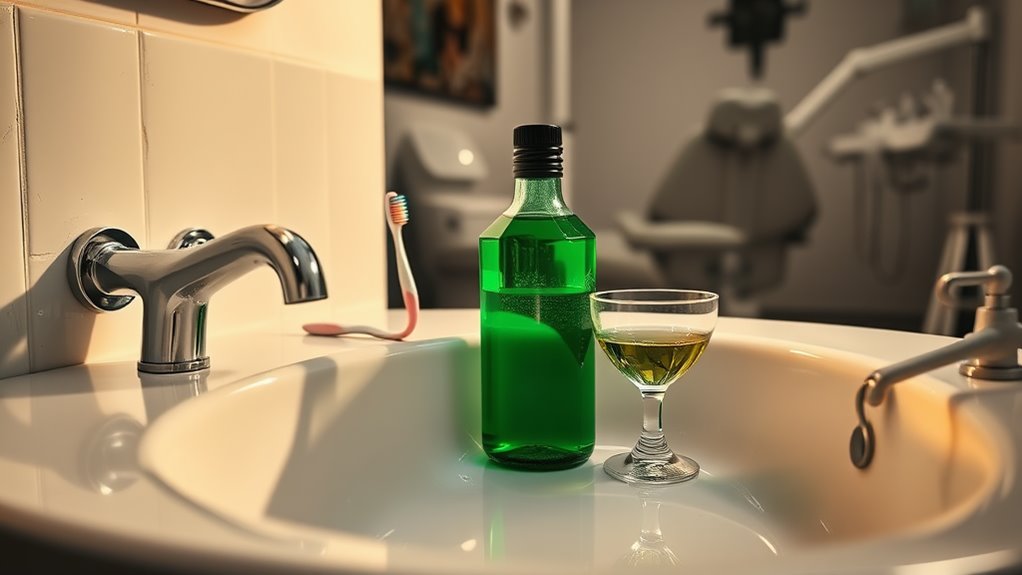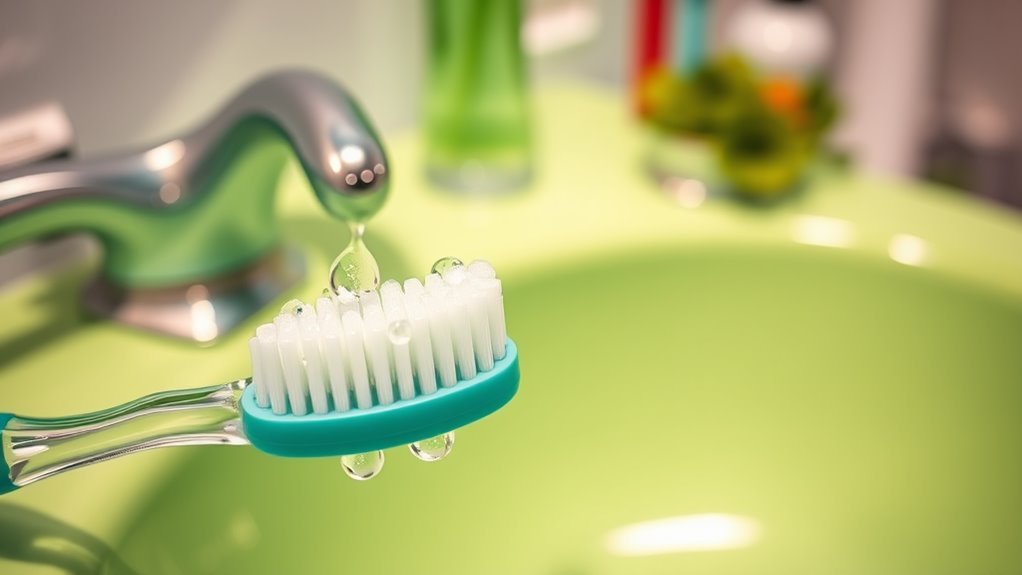The Secret to a Pain-Free Dental Visit!
You’re not alone if you dread dental appointments – many people share this common fear. But what if you could transform your next visit from a nerve-wracking ordeal into a genuinely comfortable experience? Modern dentistry offers remarkable solutions that can eliminate pain and anxiety, making dental care more pleasant than you’ve ever imagined. Let’s explore the proven techniques and strategies that’ll help you actually look forward to your next dental visit.
Understanding Dental Anxiety: Why We Fear the Dentist
Why do so many people break into a cold sweat at the mere thought of visiting the dentist? The answer lies in a complex web of psychological and physical factors that affect millions worldwide.
Your fear might stem from a past traumatic experience, whether it was a painful procedure or an unsympathetic dentist. The sound of drilling, sharp instruments, and the vulnerability of lying back in the dental chair can trigger your fight-or-flight response.
You’re not alone – studies show that up to 75% of adults experience some degree of dental anxiety.
The good news? A pain-free dental visit isn’t just a dream. Modern dentistry has evolved significantly, with innovative technologies and techniques designed to minimize discomfort. Open communication with the dentist can lead to a more comfortable experience.
Understanding your specific triggers is the first step toward overcoming dental anxiety. Whether it’s the fear of needles, loss of control, or anticipated pain, identifying these concerns helps you and your dentist develop effective coping strategies.
Modern Pain Management Techniques in Dentistry
How far we’ve come from the days of basic Novocain!
Today’s dental offices offer cutting-edge pain management solutions that make your visit more comfortable than ever. Advanced technology and sophisticated techniques have revolutionized the way dentists handle pain during procedures.
You’ll find these innovative approaches in modern dental practices:
-
Computer-controlled anesthetic delivery systems that regulate the flow and pressure of local anesthetics, resulting in nearly painless injections.
-
Laser dentistry that often requires minimal or no anesthesia for procedures like cavity preparation and gum treatments.
-
Pre-procedure topical compounds that numb the injection site before any needle contact.
-
Single-tooth anesthesia (STA) technology that precisely targets individual teeth without numbing your entire mouth.
These breakthroughs aren’t just about eliminating pain – they’re about transforming your entire dental experience.
You’ll spend less time feeling numb after procedures and more time going about your day normally.
Choosing the Right Dentist for Anxiety-Free Care
While modern pain management techniques can make dental visits more comfortable, finding the right dentist who understands your anxiety is equally important.
Look for a dental practice that specializes in treating anxious patients and offers sedation options tailored to your needs.
Start by researching dentists online and reading patient reviews that specifically mention anxiety management. You’ll want to schedule consultation visits with your top choices to evaluate their communication style and office environment.
Pay attention to how the staff responds to your concerns and whether they take time to explain procedures thoroughly.
Don’t hesitate to ask about their experience with anxiety-prone patients and what specific methods they use to ensure comfort.
The right dentist will offer amenities like noise-canceling headphones, weighted blankets, or aromatherapy.
They’ll also create a detailed treatment plan that includes breaks and hand signals to help you feel in control throughout your visit. Additionally, it’s beneficial to inquire about their use of relaxation techniques to help ease your anxiety during appointments.
Pre-Visit Preparation: Steps for a Comfortable Experience
Taking proactive steps before your dental visit can significantly reduce anxiety and ensure a more comfortable experience. Modern dentistry offers innovative solutions for patient comfort, but your preparation plays a crucial role in optimizing these benefits.
-
Schedule your appointment during low-stress times – avoid rushing from work or scheduling during hectic periods when you’re already feeling pressured.
-
Practice relaxation techniques like deep breathing, meditation, or progressive muscle relaxation in the days leading up to your visit.
-
Communicate with your dental office ahead of time about any specific concerns, medications, or comfort preferences you’d like them to accommodate. Additionally, consider discussing controlled breathing techniques with your dentist to help manage anxiety during the appointment.
-
Get a good night’s sleep before your appointment and arrive 15 minutes early to complete paperwork without feeling rushed.
Relaxation Methods and Coping Strategies During Treatment
Once you’re seated in the dental chair, your pre-appointment preparation shifts into active relaxation strategies. Focus on controlled breathing by inhaling slowly through your nose for four counts and exhaling through your mouth for six counts. This technique helps lower your heart rate and reduces anxiety.
Try progressive muscle relaxation by systematically tensing and releasing different muscle groups, starting from your toes and moving up to your face. You’ll feel tension melt away as you consciously relax each area.
Visualize yourself in a peaceful setting – perhaps a calm beach or serene garden – while maintaining steady breaths. Additionally, remember that effective communication with your dentist can create a more supportive environment for your visit, helping to address personal feelings that may arise during treatment.
If you’re tech-savvy, use meditation apps through wireless earbuds (with your dentist’s approval) to guide your relaxation.
Establish a signal system with your dental team to communicate discomfort without speaking, such as raising your left hand.
